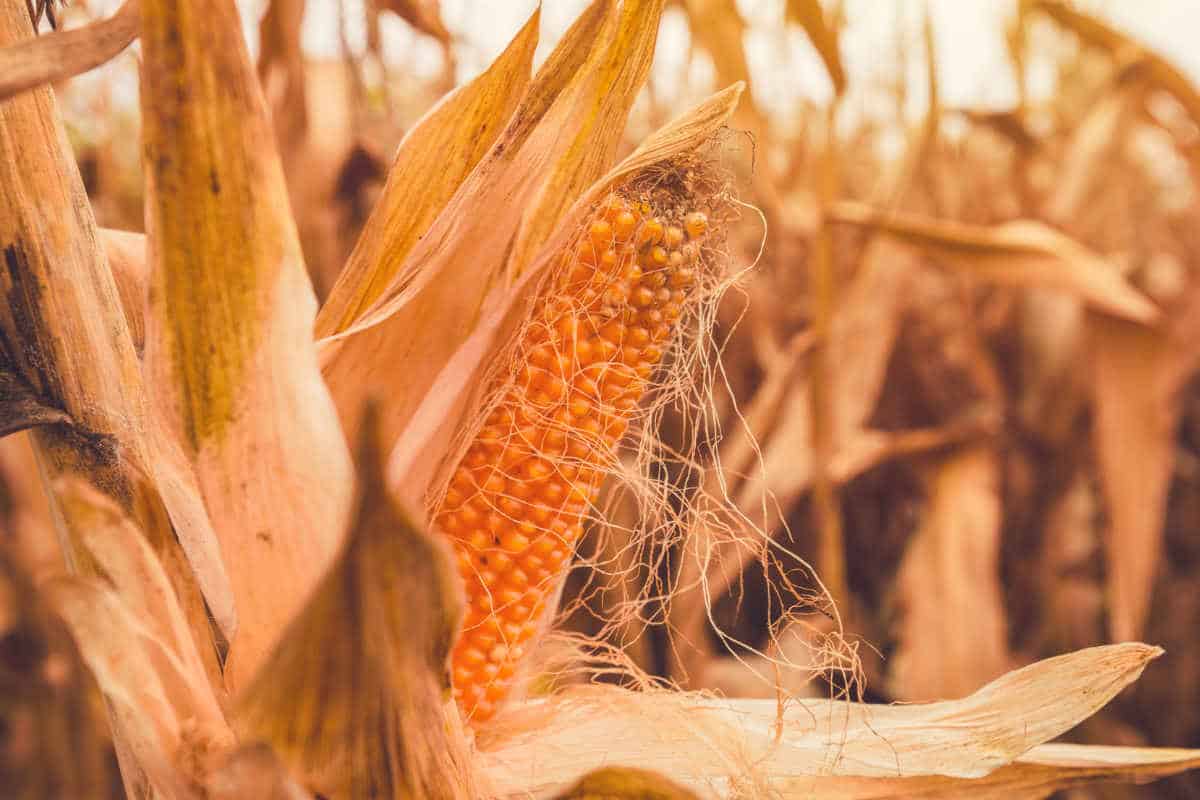Embark on a culinary adventure with popcorn seeds to plant! From understanding seed varieties to mastering planting techniques, this guide will empower you to cultivate delicious, homegrown popcorn with ease.
Discover the diverse world of popcorn seed varieties, each offering unique hull colors, kernel sizes, and popping yields. Explore the pros and cons of different types, ensuring you select the perfect variety for your climate, soil conditions, and desired popping characteristics.
Popcorn Seed Varieties

Popcorn, a delightful snack enjoyed worldwide, is derived from specialized varieties of maize. These varieties are distinguished by their unique hull characteristics and kernel size, which influence their popping yield and overall quality. Understanding the diverse popcorn seed varieties available is crucial for both home gardeners and commercial cultivators seeking to optimize their popcorn production.
The selection of the most suitable popcorn seed variety hinges upon several factors, including climate, soil conditions, and desired popping characteristics. Let’s delve into the fascinating world of popcorn seed varieties, exploring their distinct attributes and how they impact the popcorn experience.
Hull Color
Popcorn seed hulls, the protective outer layer of the kernel, exhibit a range of colors, including white, yellow, red, and black. Each color imparts distinct characteristics to the popped popcorn.
- White Hull: White hull popcorn produces fluffy, tender, and delicate kernels with a mild flavor. It is a popular choice for home gardeners and commercial popcorn producers alike.
- Yellow Hull: Yellow hull popcorn, known for its golden-yellow kernels, offers a slightly firmer texture and a more pronounced corn flavor. It is a versatile variety suitable for both home and commercial use.
- Red Hull: Red hull popcorn, characterized by its deep red kernels, boasts a nutty flavor and a slightly chewy texture. It is a specialty variety often used for gourmet popcorn.
- Black Hull: Black hull popcorn, the rarest variety, produces dark, almost black kernels with a rich, earthy flavor. It is a sought-after variety for its unique appearance and distinct taste.
Kernel Size
Popcorn kernels vary in size, from small to large. The size of the kernel influences the popping volume and texture of the popcorn.
- Small Kernels: Small kernels produce petite, bite-sized popcorn with a tender texture. They are ideal for snacking and light popcorn dishes.
- Medium Kernels: Medium kernels yield popcorn of moderate size with a balanced texture, combining both tenderness and a slight crunch. They are a versatile choice for various popcorn preparations.
- Large Kernels: Large kernels produce voluminous, fluffy popcorn with a satisfying crunch. They are often used for gourmet popcorn and theatrical popcorn.
Popping Yield
Popping yield refers to the amount of popped popcorn obtained from a given quantity of kernels. Different popcorn seed varieties exhibit varying popping yields, influenced by factors such as hull thickness and kernel size.
- High Popping Yield: Varieties with a high popping yield produce a large volume of popped popcorn from a relatively small amount of kernels. They are preferred for commercial popcorn production.
- Medium Popping Yield: Varieties with a medium popping yield offer a balance between kernel quantity and popped volume. They are suitable for both home and commercial use.
- Low Popping Yield: Varieties with a low popping yield produce a smaller volume of popped popcorn from a given amount of kernels. They may be preferred for specialty popcorn with unique flavors or textures.
Planting and Growing Popcorn: Popcorn Seeds To Plant
Growing popcorn is a rewarding experience that can provide you with a bountiful harvest of delicious, homegrown popcorn. With proper planting and care, you can enjoy fresh, air-popped popcorn all season long.
Soil Preparation
Popcorn prefers well-drained, fertile soil with a pH between 6.0 and 7.0. Before planting, till the soil to a depth of 8-12 inches and amend it with plenty of organic matter, such as compost or manure. This will help to improve soil structure, fertility, and water retention.
Planting Time and Seed Depth
The optimal time to plant popcorn seeds is after the last spring frost, when the soil has warmed to at least 60°F (15°C). Plant the seeds 1-2 inches deep and 6-8 inches apart in rows that are 3-4 feet apart.
Watering and Fertilizing, Popcorn seeds to plant
Popcorn plants need regular watering, especially during hot, dry weather. Water the plants deeply and infrequently, allowing the soil to dry out slightly between waterings. Fertilize the plants every few weeks with a balanced fertilizer, such as a 10-10-10 fertilizer.
Weed and Pest Control
Keep the popcorn patch free of weeds by hoeing or mulching. Weeds compete with popcorn plants for water and nutrients, and they can also harbor pests. Common pests of popcorn include aphids, earworms, and corn borers. Control pests by using insecticidal soap or neem oil, or by planting companion plants that repel pests, such as marigolds or nasturtiums.
Harvesting and Processing Popcorn

Popcorn is ready for harvesting when the husks turn brown and papery, and the kernels are hard and dry. The optimal time for harvesting is when the moisture content of the kernels is between 14% and 16%.
To harvest popcorn, cut the stalks at the base and hang them upside down in a well-ventilated area to dry. Once the stalks are dry, remove the kernels from the cobs by hand or with a popcorn sheller.
Popcorn kernels can be dried in the sun or in a dehydrator. If drying in the sun, spread the kernels on a tarp or screen in a single layer and stir them occasionally to ensure even drying. If using a dehydrator, follow the manufacturer’s instructions.
Once the kernels are dry, store them in an airtight container in a cool, dry place. Popcorn kernels can be stored for up to two years if properly dried and stored.